Technical SEO is the practice of optimizing your website’s backend so search engines can crawl, index, and rank your content efficiently. It focuses on site structure, speed, security, and accessibility rather than just keywords or content. Did you know that 53% of users leave a website if it takes more than 3 seconds to load? Similarly, sites that are mobile-friendly and secure rank higher in Google search results. By investing in professional SEO services, you can ensure your website meets these critical benchmarks, delivers a seamless user experience, and stands out against competitors. Expert-driven technical SEO not only improves rankings but also drives consistent traffic, quality leads, and long-term business growth.
Technical SEO
Technical SEO forms the foundation for all SEO efforts. Without it, even high-quality content may fail to appear in search results. It includes everything from crawlability and indexing to page speed, structured data, and HTTPS security. Implementing technical SEO properly helps search engines understand your website and ensures users enjoy a fast, secure, and smooth browsing experience. Additionally, technical SEO reduces bounce rates, improves engagement, and ultimately increases conversions.
Key Aspects of Technical SEO
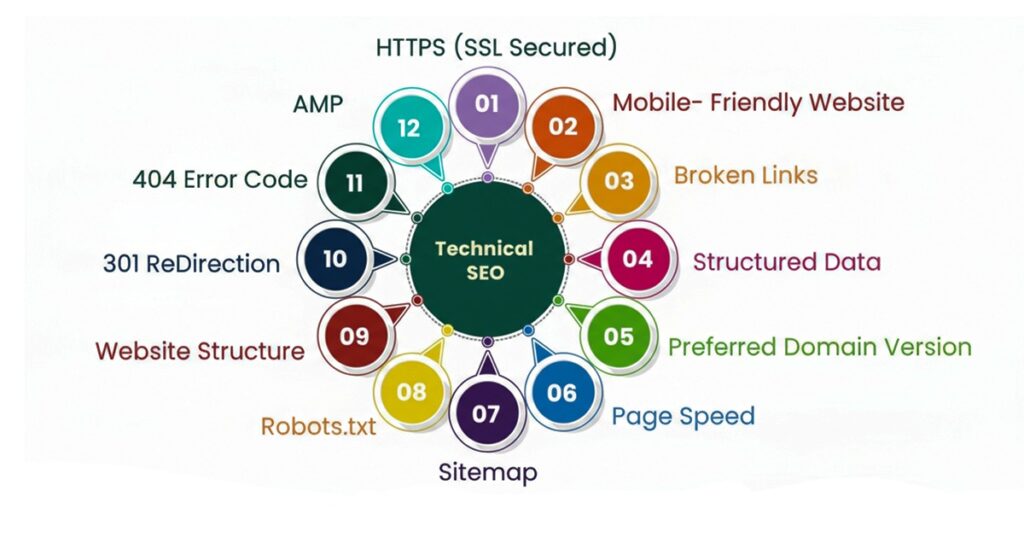
Technical SEO can be broken down into several core elements that affect both search engines and users. According to Google, slow-loading pages and poor site structure can reduce traffic. This shows the importance of technical optimization in ensuring that your site performs well. Addressing these aspects not only improves your search engine rankings but also enhances user experience and site reliability. The following sections explain each key component in detail.
1) Website Crawlability
Crawlability is how easily search engine bots can access and navigate your website. If your site structure is complex or pages are blocked via robots.txt, bots may miss important content. Best practices include:
- Clear navigation and hierarchy
- Accessible XML sitemaps
- Avoiding unnecessary crawl-blocking rules
A well-crawled site ensures that all pages are discoverable, indexed, and visible in search results, improving overall performance.
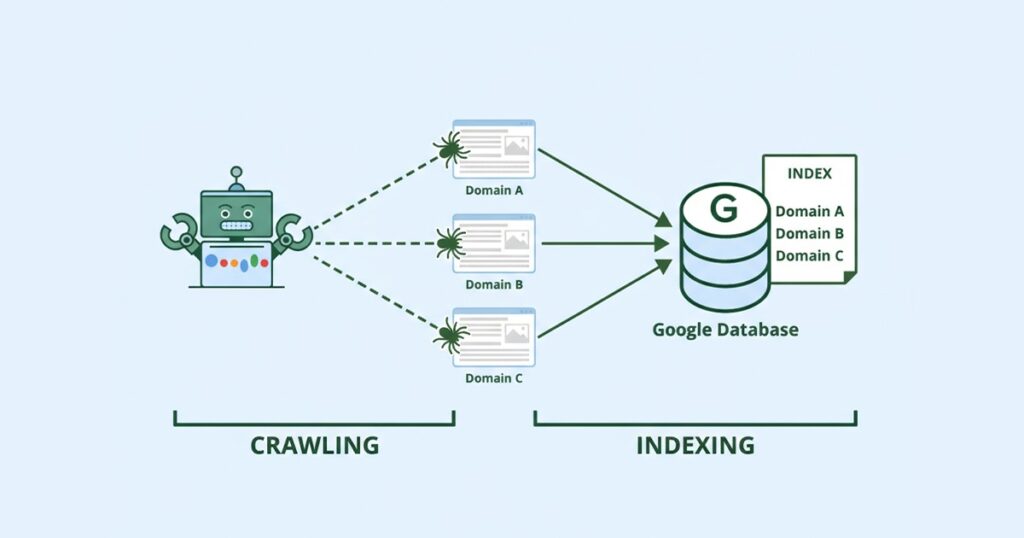
2) Search Engine Indexing
Search engine indexing determines which of your website’s pages are stored in a search engine’s database and made visible in search results. Even if a page is crawled, it won’t appear in results unless it’s indexed. Issues like duplicate content, missing XML sitemaps, or incorrect use of noindex tags can prevent this. Similarly, a misconfigured robots.txt file can block crawlers from accessing key pages, limiting visibility. To ensure proper indexing, regularly check that your XML sitemap is complete, your robots.txt allows access to important pages, and that canonical tags are used correctly to avoid confusion between duplicate URLs.

3) Content Accessibility & Quality Signals
Even high-quality content may underperform if technical issues exist, such as hidden text, broken HTML, or misconfigured meta tags. Best practices for accessibility include:
- Semantic HTML with proper heading structure
- Optimized meta descriptions and titles
- Avoiding hidden or duplicate content
Accessible and technically clean content helps search engines understand your pages, improving rankings and visibility.
4) Page Load Speed
Page speed is critical for SEO and user experience. Studies show 53% of users abandon sites that take more than 3 seconds to load. Slow pages can also negatively affect rankings. Ways to improve speed:
- Compress and optimize images
- Enable browser caching
- Use a Content Delivery Network (CDN)
A fast-loading website keeps visitors engaged, reduces bounce rates, and improves overall SEO performance.
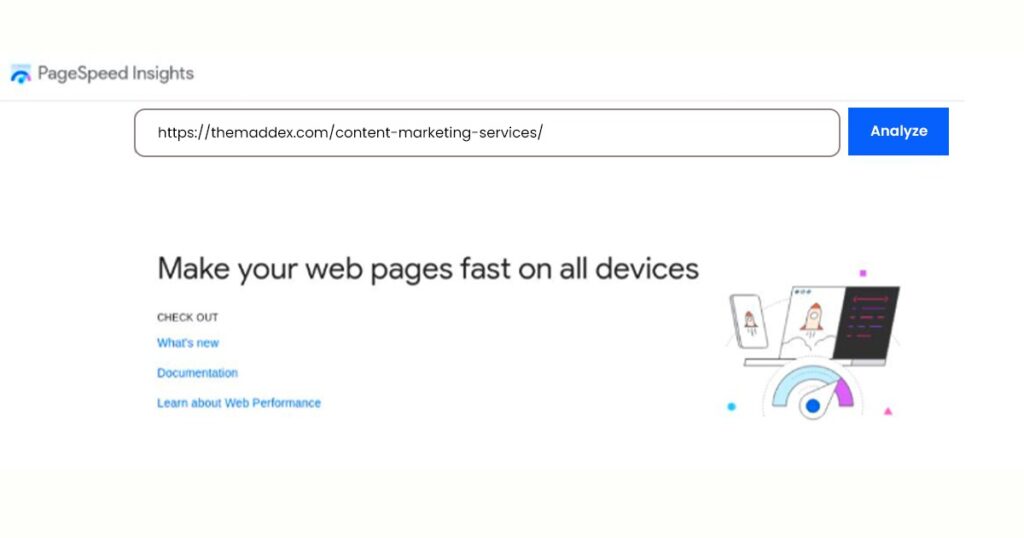
5) Structured Data Implementation
Structured data helps search engines understand the context of your content, enabling rich results in search pages like FAQs, ratings, and events. Benefits include:
- Higher click-through rates (CTR)
- Enhanced visibility in SERPs
- Easier content interpretation by search engines
Implementing structured data improves search appearance and attracts more qualified traffic.
6) Internal Linking Practices
Internal links guide both users and search engines throughout your website, distributing page authority and improving crawlability. Effective practices include:
- Linking related content naturally
- Avoiding orphan pages
- Using descriptive anchor text
Strong internal linking ensures important pages are indexed and boosts user engagement.
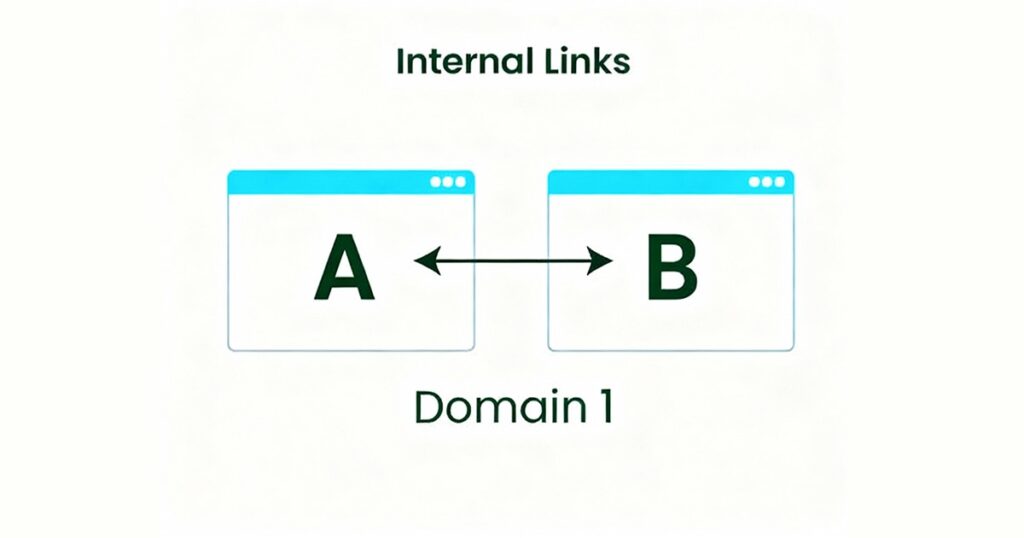
7) Redirects and Canonicalization
Improper redirects and missing canonical tags can create duplicate content issues and dilute link equity. Best practices:
- Use 301 redirects for permanently moved pages
- Apply canonical tags for duplicate pages
- Monitor redirect chains
Proper management preserves authority and prevents ranking penalties.
8) Site Security (HTTPS)
HTTPS encryption is essential for security and trust. Google uses HTTPS as a ranking factor. Key steps include:
- Install an SSL certificate
- Redirect HTTP traffic to HTTPS
- Update security protocols regularly
Secure sites protect users’ data, improve trust, and positively impact SEO rankings.
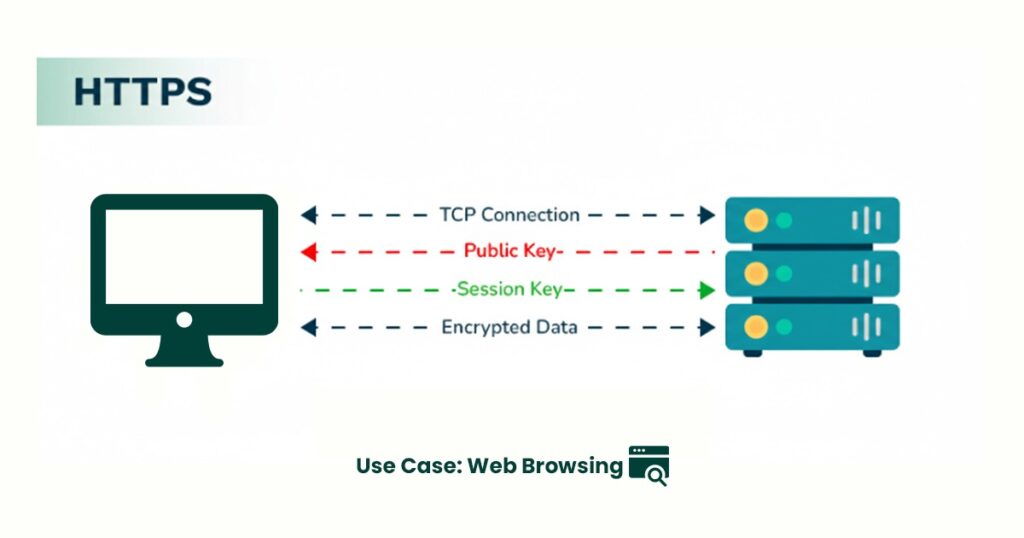
9) Regular Technical Audits
Technical audits detect problems such as crawl errors, broken links, and slow-loading pages. Tools like Google Search Console, Ahrefs, and Screaming Frog are commonly used. Benefits include:
- Early detection of issues
- Continuous improvement of site health
- Optimized user experience
Regular audits keep your site in top condition for search engines and users alike.
10) Fixing Broken Links
Broken links can frustrate users and harm SEO. Common causes include deleted pages or incorrect URLs. Best practices:
- Regularly scan for 404 errors
- Update or redirect broken links
- Remove outdated links
Maintaining functional links ensures smooth navigation and improves user trust and SEO performance.
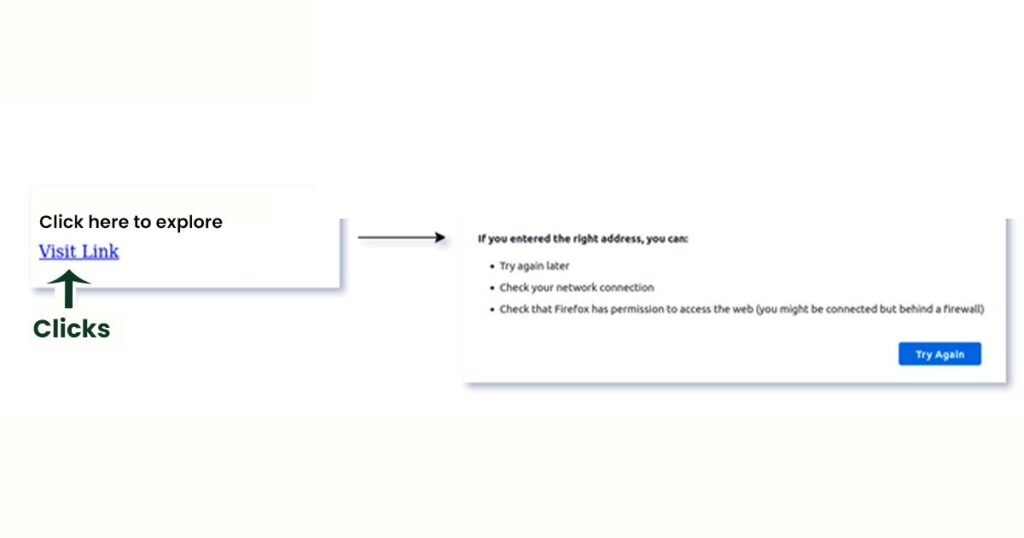
Why Technical SEO Is Important
Technical SEO is the foundation of a strong digital presence and acts as the backbone that supports all your content and marketing strategies. Without it, even the highest-quality blogs, product pages, or landing pages may struggle to rank, as search engines won’t be able to properly crawl and index them. A well-structured technical setup ensures fast loading times, smooth mobile responsiveness, and secure HTTPS connections, all of which are vital ranking factors. Data shows that 88% of online users are less likely to return to a site after a bad experience, highlighting how technical SEO directly affects engagement.
Here are the main reasons why technical SEO matters:
- Effective Crawling & Indexing: Ensures search engines can discover and organize your pages properly.
- Faster Loading Speeds: A critical factor for both rankings and user satisfaction.
- Mobile Optimization: Mobile-friendly sites rank higher and offer better experiences.
- Security with HTTPS: Protects user data and builds trust while improving rankings.
- Lower Bounce Rates: A technically sound website keeps visitors engaged.
- Accessibility for All Users: Makes content usable for a wider audience, including those with disabilities.
- Competitive Edge: Businesses with strong technical SEO outrank weaker competitors consistently.
Websites with solid technical SEO consistently outperform competitors, build stronger trust with users, and achieve long-term ranking stability.
Key Benefits of Optimizing Technical SEO
Investing in technical SEO offers long-term, measurable results that directly impact rankings, visibility, and business growth. A well-optimized site ensures content is not just created but also discovered, indexed, and ranked efficiently. Below are some of the most powerful advantages of implementing technical SEO improvements:
- Improved Search Rankings: Enhanced crawlability and indexing make your site more visible to Google and other search engines.
- Faster Website Performance: Optimized site speed reduces bounce rates and improves user satisfaction, especially on mobile devices.
- Enhanced User Experience: A secure, error-free, and mobile-friendly website builds trust and keeps visitors engaged longer.
- Better Visibility in SERPs: Proper indexing, XML sitemaps, and structured data lead to rich snippets and higher click-through rates.
- Competitive Advantage: Technically strong websites consistently outrank and outperform weaker competitors.
- Reduced Maintenance Costs: Proactive audits fix broken links, prevent duplicate content, and minimize future errors.
- Higher Conversions: Smooth navigation, quick load times, and reliability encourage visitors to take action, boosting leads and sales.
When technical SEO is prioritized, your website gains a robust infrastructure that supports all future marketing and content efforts. It lays the groundwork for sustainable growth, better rankings, and a seamless experience for both users and search engines.
Partner With The Maddex
At The Maddex, we develop custom SEO strategies tailored to your business. Our expert team uses data-driven methods to improve your rankings, reach your target audience, and turn visitors into valuable leads. We handle all aspects of technical SEO, from site speed optimization to structured data, ensuring your website performs at its best. Let us help you stay ahead of competitors and maximize your online potential.



